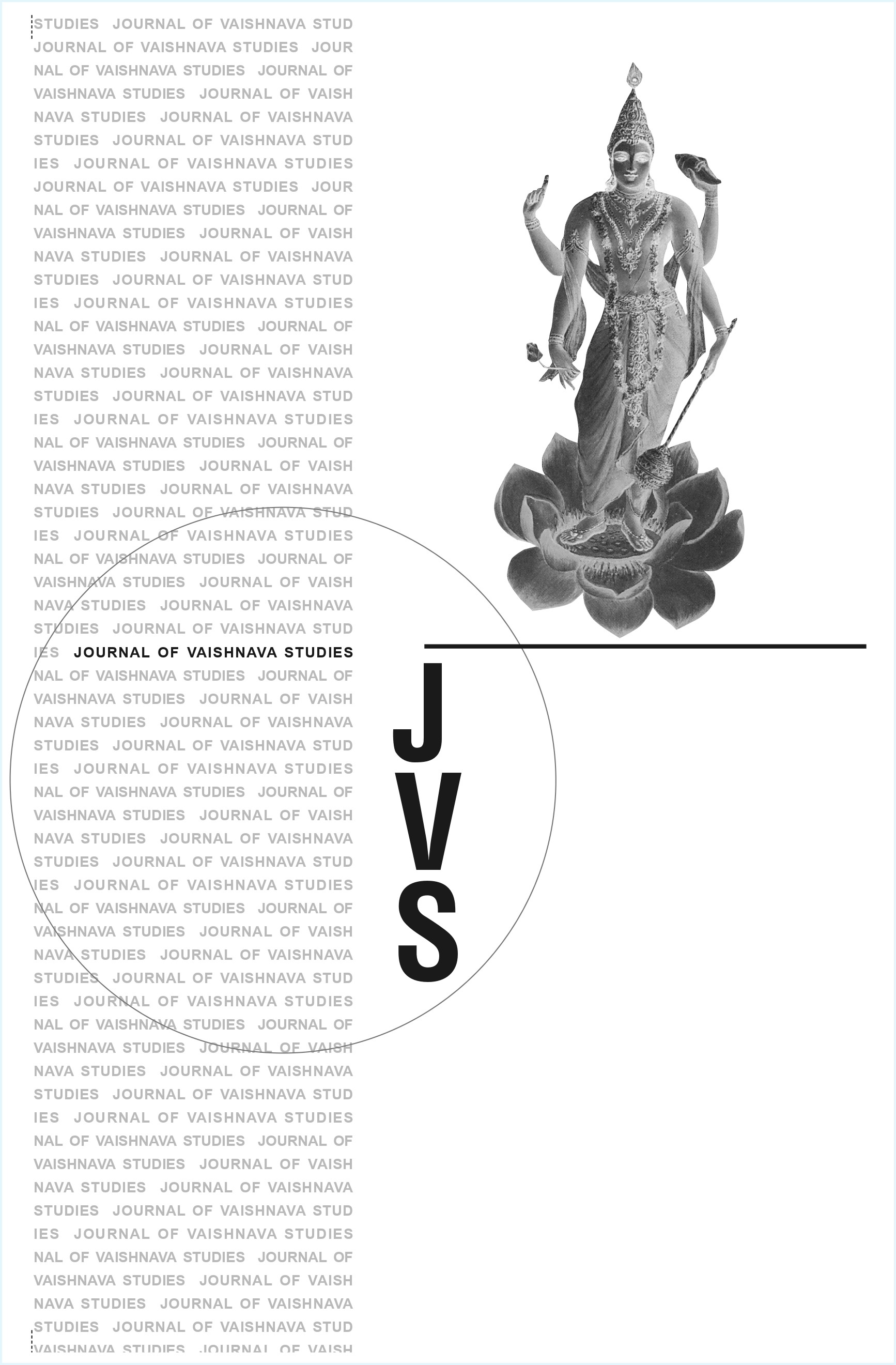Candrāvalī and the Caurāsī Vaiṣṇavan kī Vārtā
Keywords:
Harischandra, Candravalli, Caurasi Vaisnavan ki Varta, Vallabha-sampraday, Viraha, Lalita, Hindi Literature, Bhakti, Artistic Transformation, Religious DramaAbstract
The article "CANDRAVALI AND THE CAURASI VAISNAVAN KI VARTA: An Example of an Artistic Transformation of Tradition" by William Garlington explores how Bharatendu Harischandra, a pivotal figure in Hindi literary development, reinterpreted traditional religious narratives for his 1877 drama, Candravalli. The article focuses on the character of Candravalli and argues that Harischandra's primary source for her portrayal was not solely classical Puranas, but significantly the Caurasi Vaisnavan ki Varta, a key text of the Vallabha-sampraday. Garlington highlights the striking parallels in the viraha (pain of separation) motif, character idiosyncrasies, and the dynamic relationship between Candravalli and Lalita in both the drama and the traditional Varta episode. This analysis demonstrates Harischandra's deliberate "character resurrection" and his artistic transformation of established sectarian material to serve his own literary and theological aims.Published
1997-12-13
Issue
Section
Articles





